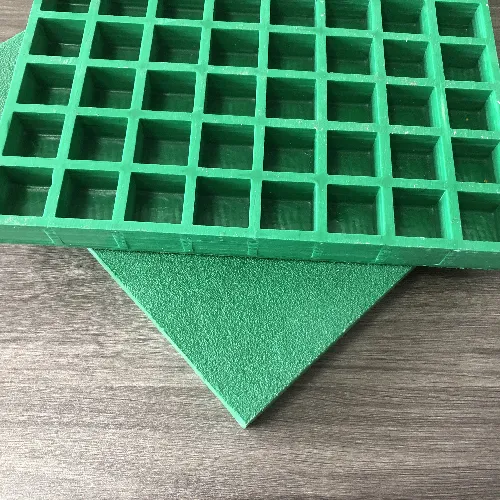loading...
- No. 9, Xingyuan South Street, Dongwaihuan Road, Zaoqiang County, Hengshui, Hebei, China
- admin@zjcomposites.com
- +86 15097380338
- Welcome to visit our website!
frp reinforcement bars
The Role of FRP Reinforcement Bars in Modern Construction
In recent years, the construction industry has witnessed significant advancements in materials technology, leading to the increasing use of Fiber Reinforced Polymer (FRP) reinforcement bars. These innovative materials are gaining traction due to their exceptional properties and advantages over traditional steel reinforcement bars. This article explores the benefits, applications, and future of FRP reinforcement bars.
Understanding FRP Reinforcement Bars
FRP reinforcement bars are composite materials made from a polymer matrix reinforced with fibers such as glass, carbon, or aramid. The combination of these materials results in a lightweight, high-strength alternative to conventional steel rebar. The unique properties of FRP bars, including their corrosion resistance, high tensile strength, and ease of installation, make them an attractive option for various construction applications.
Benefits of Using FRP Bars
One of the most significant advantages of FRP reinforcement bars is their resistance to corrosion. Traditional steel reinforcement bars are susceptible to rust and degradation over time, especially in environments exposed to moisture, salt, or chemicals. In contrast, FRP bars do not corrode, leading to increased longevity and reduced maintenance costs for structures. This property is particularly beneficial in harsh climates, marine environments, and infrastructure projects like bridges and tunnels.
Another key benefit of FRP bars is their high strength-to-weight ratio. The lightweight nature of FRP makes it easier to handle and transport, reducing labor costs and improving the efficiency of construction processes. Moreover, the high tensile strength of FRP materials allows for thinner concrete sections, leading to reduced overall material usage and a smaller environmental footprint.
frp reinforcement bars

Additionally, FRP bars are non-magnetic and non-conductive, making them ideal for applications where electromagnetic interference must be minimized, such as in certain telecommunications or medical facilities. Their transparency to radar and other waveforms also enhances their viability in specialized infrastructure projects.
Applications of FRP Bars
The applications of FRP reinforcement bars are vast and varied. They are extensively used in civil engineering projects, particularly in bridge construction, where durability and corrosion resistance are paramount. FRP bars are also increasingly employed in the rehabilitation of existing structures, where they can be used to reinforce concrete and extend the life of aging infrastructure.
Moreover, FRP bars have found a niche in the construction of precast concrete products, such as slabs and panels, enabling manufacturers to produce lighter and more durable components. The use of FRP bars in the construction of green buildings is another growing trend, as they contribute to the sustainability of the project by reducing the materials required and the environmental impact of construction.
The Future of FRP Reinforcement
As the construction industry continues to evolve, the demand for innovative materials like FRP reinforcement bars is expected to grow. Advances in manufacturing technology and material science are likely to lead to the development of even more efficient and cost-effective FRP solutions. Ongoing research into the optimization of fiber types, resin formulations, and composite structures aims to further enhance the performance characteristics of FRP bars.
In conclusion, FRP reinforcement bars represent a significant advancement in construction materials, offering numerous benefits over traditional steel reinforcement. Their corrosion resistance, lightweight design, and high tensile strength make them a valuable choice for a wide range of applications in modern construction. As the industry embraces sustainability and efficiency, the role of FRP reinforcement bars is set to expand, paving the way for a new era of durable and resilient infrastructure.
-
The Rise of FRP Profiles: Strong, Lightweight, and Built to LastNewsJul.14,2025
-
SMC Panel Tanks: A Modern Water Storage Solution for All EnvironmentsNewsJul.14,2025
-
GRP Grating: A Modern Solution for Safe and Durable Access SystemsNewsJul.14,2025
-
Galvanized Steel Water Tanks: Durable, Reliable, and Ready for UseNewsJul.14,2025
-
FRP Mini Mesh Grating: The Safer, Smarter Flooring SolutionNewsJul.14,2025
-
Exploring FRP Vessels: Durable Solutions for Modern Fluid HandlingNewsJul.14,2025
-
GRP Structures: The Future of Lightweight, High-Performance EngineeringNewsJun.20,2025
